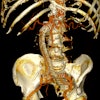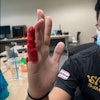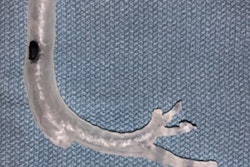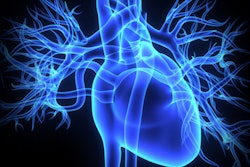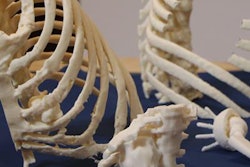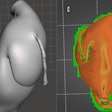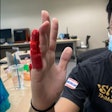Dear Advanced Visualization Insider,
Numerous studies have demonstrated a wide range of benefits of medical 3D printing, from improving the understanding of patient anatomy to reducing surgery times. Yet the technology's full integration into everyday clinical practice has been impeded by barriers such as slow data processing times and high costs.
In new research, a group from Germany and the U.S. explored the possible advantages of applying dual-energy CT (DECT) to the 3D printing workflow. They discovered that DECT helped overcome some of the key challenges limiting the widespread use of 3D printing in healthcare.
Along similar lines, U.K. researchers took advantage of the high resolution of micro-CT to create a 3D-printed skull of a rare, 200 million-year-old reptile fossil. A team from Spain also turned to 3D printing but, in this case, to help plan and guide surgery for a patient with a tumor lodged in his thoracic wall.
And 3D printing has been making headway in many other healthcare institutions throughout Europe, including in Portugal, Norway, Switzerland, and France, as well as in National Health Service (NHS) hospitals in Wales.
Augmented reality (AR) continues to prove its value in healthcare, with ever more studies demonstrating its utility in facilitating medical procedures. Researchers from France, for example, developed a new technique using AR images based on CT scans to facilitate shoulder replacement surgery both pre- and intraoperatively.
In a study published in European Radiology, Dutch and Danish researchers described a novel method for fully automated noncontrast 3D CT segmentation. The success of the technique could have implications for the early detection of aortic dilatation on CT screening exams, according to the group.
Head over to the Advanced Visualization Community at AuntMinnieEurope.com to read more similar stories and to stay up to date on the latest news in the field.
